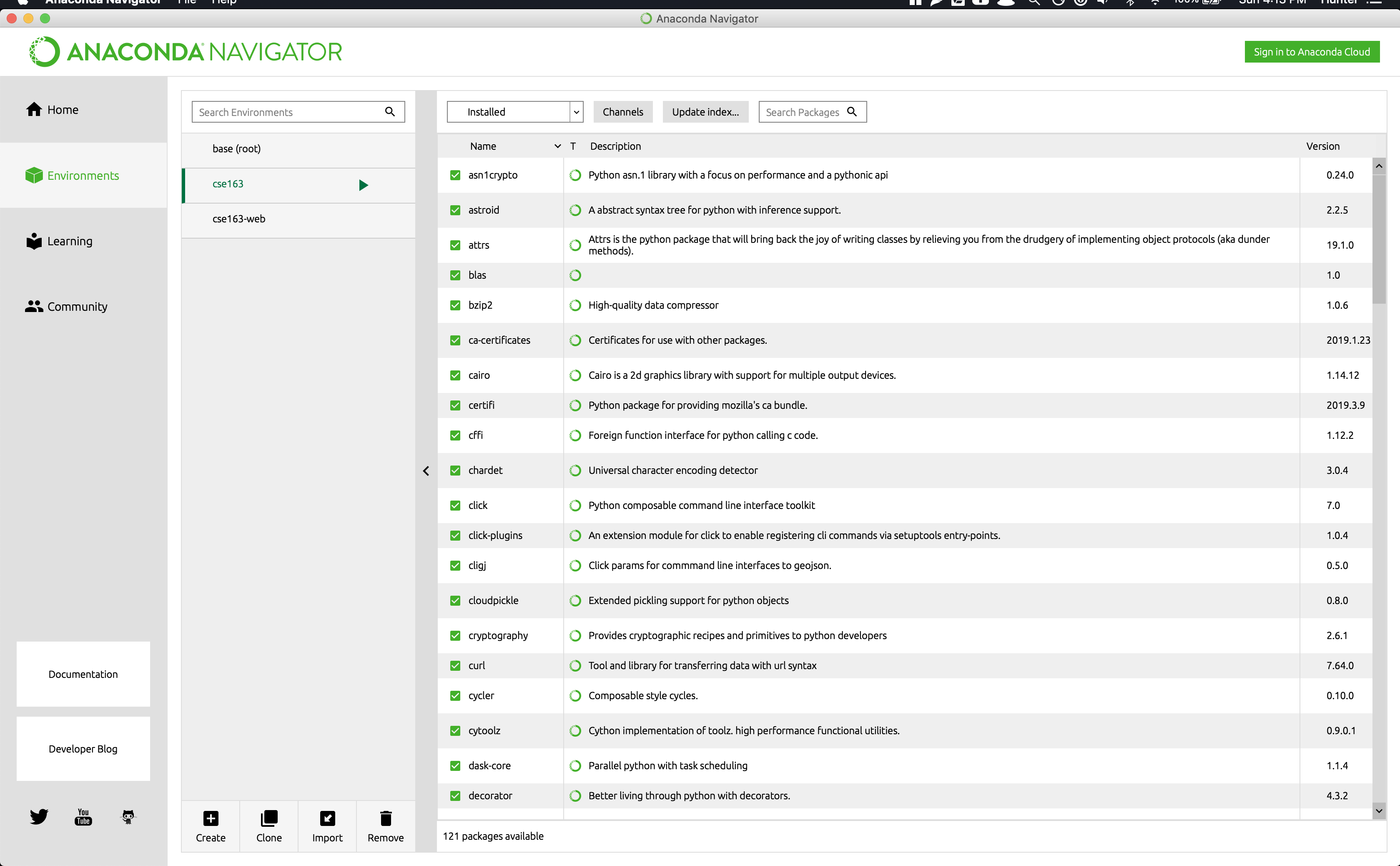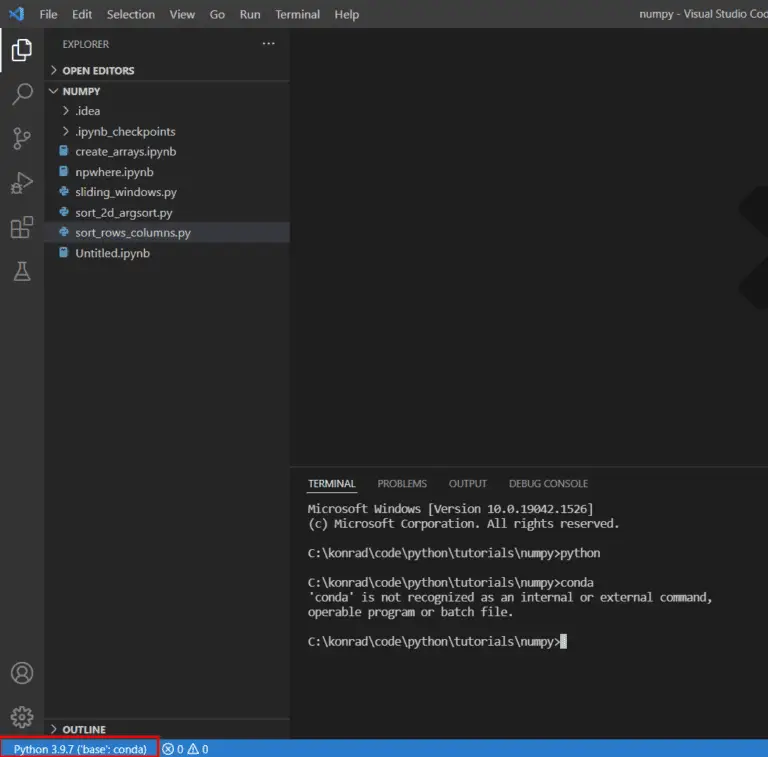

Which interpreter you use is dependent on your specific needs, but some guidance is provided below. The Python extension is named Python and it's published by Microsoft.Īlong with the Python extension, you need to install a Python interpreter. For additional details on installing extensions, see Extension Marketplace. Next, install the Python extension for VS Code from the Visual Studio Marketplace. If you have not already done so, install VS Code. Install Visual Studio Code and the Python extension To successfully complete this tutorial, you need to first setup your Python development environment. If you have any problems, you can search for answers or ask a question on the Python extension Discussions Q&A. Once you are familiar with the basics of VS Code, you can then follow any of the programming tutorials on within the context of VS Code for an introduction to the language. This tutorial is not intended to teach you Python itself.


It is free to download and easy to set up. Setting Up Visual Studio Codeįirst thing we will need is visual studio code installed on our machine. I like to use visual studio code as its lightweight, have a lot of good extensions and we do not need another IDE just for working with notebooks. We can use Jupyter notebooks from Anaconda or we can use them inside Visual studio code as well. That is why, in this blog, we are going to learn how to use spark with Jupyter notebook. It won’t save our commands, fixing errors in console is much difficult, and it does not have any intellisense. But when we are working, this is not the ideal way. We can access spark from console or command prompt. In last blog we had set up spark on our machine.


 0 kommentar(er)
0 kommentar(er)
